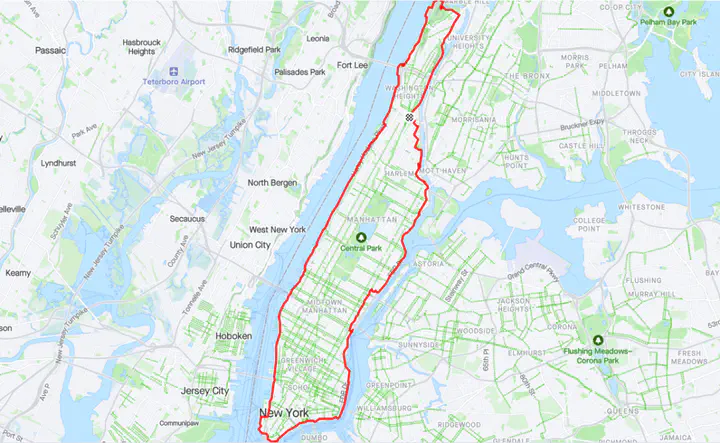Strava Hang Time Into the New Year

If you’re not obsessive over your training numbers, you’re either a recovered obsessor or you haven’t spent three paychecks on a sports watch yet.
Personally, I solved the classic 9.95-mile, run past my house to get a round number, fixation by splitting unit custody between my watch (imperial) and Strava (metric). Clean numbers on one device are a jumble on the other. This spun out my brain and it decided it no longer gave a shit. My legs, seeing exactly zero productive adaptation from +0.05 miles, co-signed dropping the absurdity.
What I still scale my entire human worth on, however, is miles per week and, by extension, miles per year. I understand if you’re a real trail runner your primary metric is likely vertical gain, but if you’re a real trail runner, you don’t live in coastal New Jersey.
You may have read about my urban ultras, a last ditch effort to maintain some semblance of adventure amid an otherwise unremarkable human experience by running routes better traversed by Greyhound buses. An edge case of this effort, a subset annual tradition of mine, draws on a fun, arbitrary choice made by some executive at Strava and implemented by some programmer with a line of code: the timestamp of an activity is pinned to its beginning, the moment you start your watch. (An activity’s end or middle point would also be perfectly acceptable conventions to define a single instance timestamp).
This means a run of any duration, let’s say 10 hours, starting at 11:59 p.m. on December 31st, 2022 will be 10 hours of hang time running into 2023 that still gets counted, in Strava, towards 2022. The very last chance to touch up that year-end mileage sum.
Read the rest of the article on Freetrail.com, and come back here to leave a comment :)